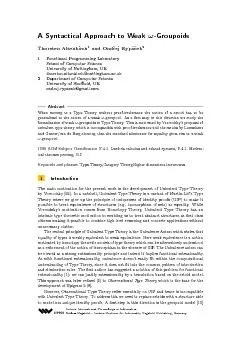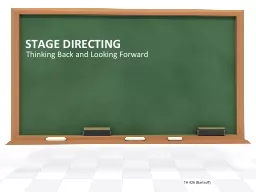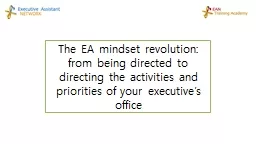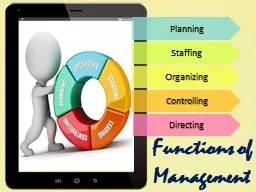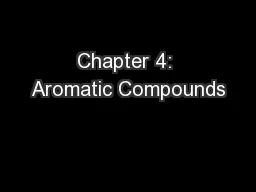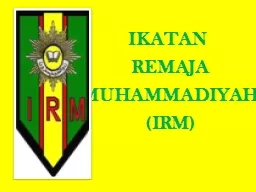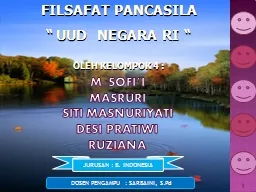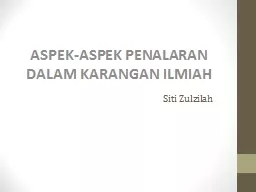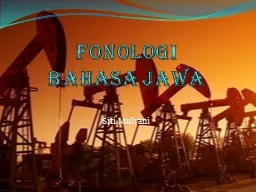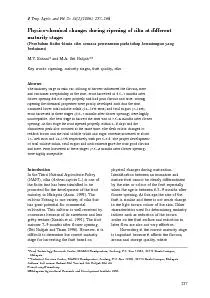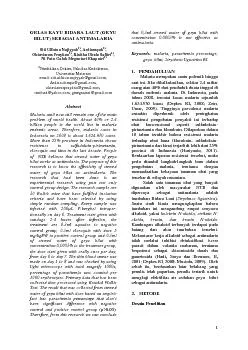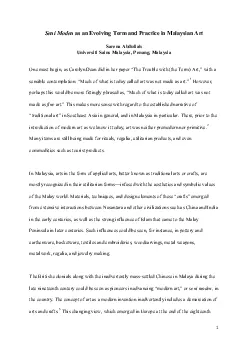PPT-Directing Siti Azizah What is directing?
Author : min-jolicoeur | Published Date : 2018-03-09
DIRECTING is said to be a process in which the managers instruct guide and oversee supervise the performance of the workers to achieve predetermined goals Directing
Presentation Embed Code
Download Presentation
Download Presentation The PPT/PDF document "Directing Siti Azizah What is directin..." is the property of its rightful owner. Permission is granted to download and print the materials on this website for personal, non-commercial use only, and to display it on your personal computer provided you do not modify the materials and that you retain all copyright notices contained in the materials. By downloading content from our website, you accept the terms of this agreement.
Directing Siti Azizah What is directing?: Transcript
Download Rules Of Document
"Directing Siti Azizah What is directing?"The content belongs to its owner. You may download and print it for personal use, without modification, and keep all copyright notices. By downloading, you agree to these terms.
Related Documents


